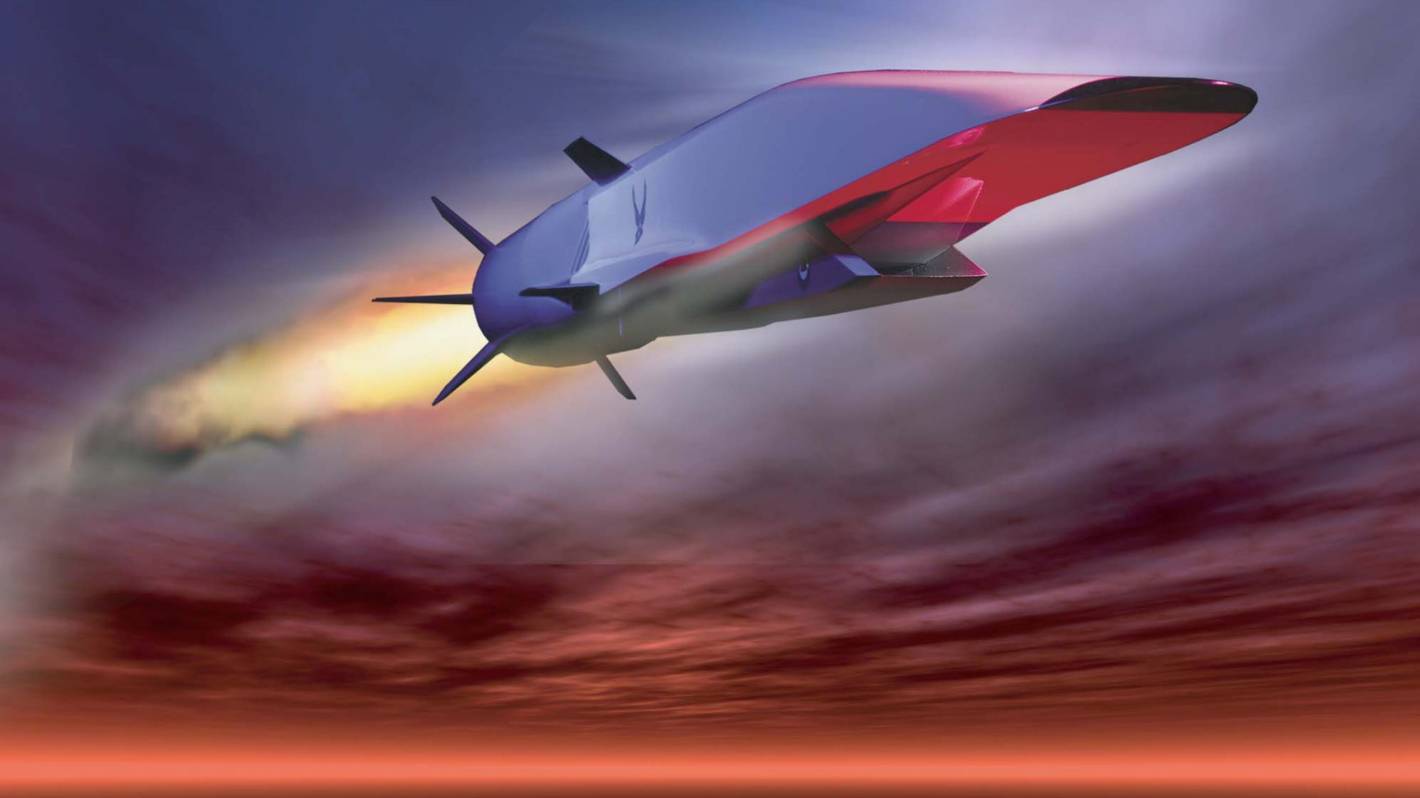
Chinese scientists have announced a significant milestone in materials science: the creation of a porous ceramic material with both high mechanical strength and exceptional thermal insulation. According to the South China Morning Post, this breakthrough has the potential to revolutionise aerospace applications, particularly the development of the next generation of hypersonic aircraft. Porous ceramic materials are increasingly being used for thermal insulation due to their lightweight nature, chemical inertness, and low thermal conductivity. However, the search for materials with both great mechanical strength and thermal insulation has proven difficult.
The ceramic, 9PHEB, has excellent dimension and strength retention up to 2,000 degrees Celsius, making it appropriate for harsh environments
The addition of additional pores to improve thermal insulation frequently results in a significant loss in mechanical strength. Furthermore, traditional porous materials may shrink and lose strength at high temperatures, making them unsuitable for aeronautical applications. The researchers from Guangzhou University’s School of Materials Science and Engineering circumvented these constraints by creating a porous ceramic with a novel multiscale structural design. This design, known as 9PHEB (9-cation porous high-entropy diboride), uses a high-entropy concept that involves the mixing of nine positively charged ions.
The ceramic, 9PHEB, has excellent dimension and strength retention up to 2,000 degrees Celsius, making it appropriate for harsh environments. With about 50% porosity, the material has an ultra-high compressive strength at room temperature of 337 million pascals (MPa), surpassing earlier reports on porous ceramics. Based on the high-entropy concept, 9PHEB has a distinct microstructure with ultrafine pores at the microscale (0.8 to 1.2 micrometres), defect-free connections at the nanoscale, and lattice distortion at the atomic scale. These properties add to its mechanical strength and thermal insulation. In thermal stability testing, 9PHEB retained 98.5% of its room temperature strength even at 1,500 degrees, demonstrating exceptional insulation qualities. At 2,000 degrees, the material exhibited plastic deformation with a strain of 49%, resulting in a strength gain of 690 MPa. The researchers claim that the ceramic’s unique features, resulting from its multiscale architecture, make it suited for a wide range of applications.
